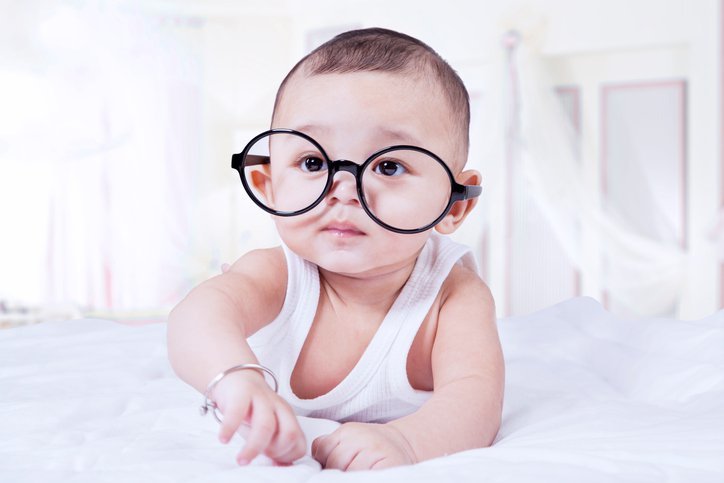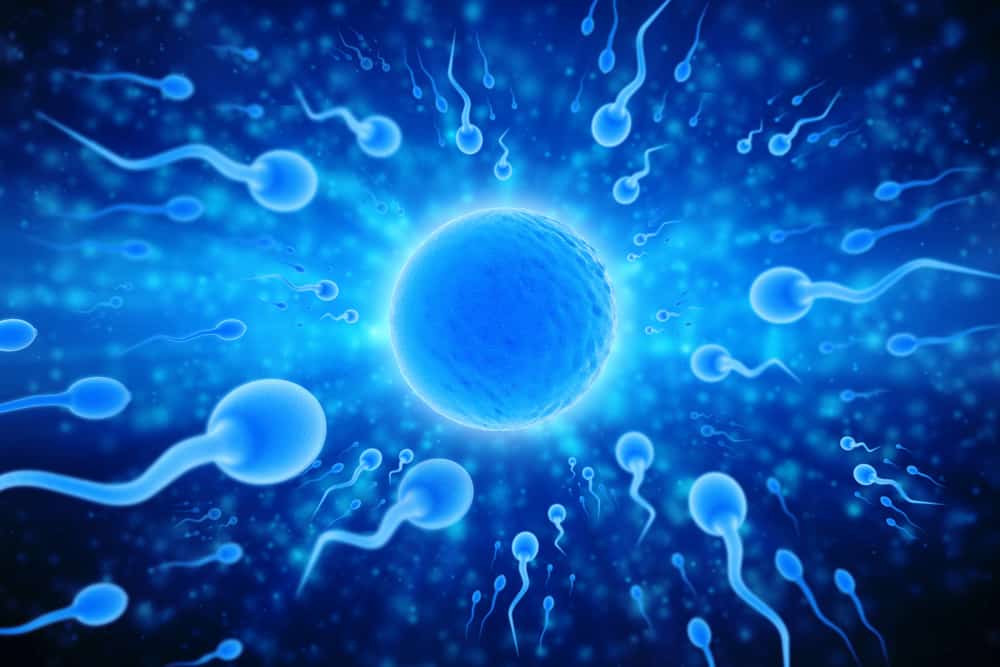Contents:
- Medical Video: Yes, babies and children get cataracts too: Diagnosis and treatment of pediatric cataracts
- What is congenital cataract?
- What causes congenital cataracts?
- How to treat this disease?
Medical Video: Yes, babies and children get cataracts too: Diagnosis and treatment of pediatric cataracts
During this time you might think that cataracts only occur in people who are old. However, it turns out that newborns can also suffer from cataracts. The baby's black eyepiece is covered with grayish stains and this is referred to as congenital cataracts. In some cases it may not have an impact on the baby's vision, but in severe cases it can cause blindness in the baby.
What is congenital cataract?
Congenital cataracts are ophthalmic opacities that occur from birth. This eyepiece serves to focus light entering the eye towards the retina, so that the eye can capture images clearly. However, if cataracts occur, light rays entering the eye become scattered when passing through a cloudy lens, so that the image received by the eye becomes blurred and distorted.
If your child has congenital cataracts, usually it will show signs, such as there is a grayish stain that is seen on your baby's pupils or it may not, the baby's vision looks insensitive to the surrounding environment (for example, babies do not turn when someone beside it), or unusual baby eye movements.
There are several types of congenital cataracts, namely:
- The anterior polar cataract is located in the front of the lens of the eye and is generally associated with offspring. This type of cataract is often considered not necessary for surgery.
- Posterior polar cataracts appear on the back of the eyepiece.
- Nuclear cataracts are located in the center of the eyepiece and this is the type that appears most often.
- Cerulean cataracts usually found in both babies' eyes. Usually this type of congenital cataract does not cause vision problems. Cerulean cataracts usually associated with offspring.
What causes congenital cataracts?
Cataracts that usually occur in the elderly are usually associated with the aging process. Meanwhile, congenital cataracts that occur in newborns can be caused by heredity, infection, metabolic problems, diabetes, trauma, inflammation, or drug reactions.
Examples of drugs that can cause cataracts in newborns are tetracycline antibiotics used to treat infections in pregnant women. So, for pregnant women, do not arbitrarily use drugs, you should ask your doctor first.
This congenital cataract can occur since pregnancy, ie when pregnant women have infectious diseases, such as measles or rubella (which are the most common causes), rubeola, chickenpox, cytomegalovirus, herpes simplex, herpes zoster, poliomyelitis, influenza, Epstein-Barr virus , syphilis, and toxoplasmosis.
In congenital cataracts caused by heredity, abnormalities occur when the formation of proteins is important to maintain the transparency of the natural eyepiece, thus eventually resulting in cloudy stains on the eyepiece.
How to treat this disease?
If left unchecked, congenital cataracts can inhibit a child's vision and can even cause blindness in children. For this reason, cataract surgery is needed as soon as possible to get rid of your child's natural lens. Cataract surgery in infants must be done as early as possible to ensure the baby's vision is sufficient to develop normally. Some experts argue that the time to do congenital cataract surgery is between the ages of 6 weeks to 3 months.
After surgery to remove the eyepiece of a child with congenital cataracts, the child's eye lens can then be replaced with an artificial lens, or the child can also use contact lenses or glasses after surgery. Without some corrective action after surgery, your child's vision may be reduced and the development of the baby's normal vision will be hampered.
Opinions also vary as to whether artificial lenses should be placed on your child's eyes after cataract surgery because it is feared this will inhibit normal eye growth and development. In some cases, contact lenses are placed on the surface of the eye (cornea) which is used to help restore a child's vision after the child's eye lens is removed.
After surgery, it may be difficult to predict whether the child's vision is better, although it is likely that there will always be a reduction in the level of vision in the eyes of children affected by congenital cataracts.
In addition, this operation does not mean without risk. False, this cataract surgery can cause glaucoma, which occurs when the pressure on the eye is too high. Glaucoma can cause permanent damage to the structure in the eye when treatment is not done well.
However, you should not worry, not all congenital cataracts must be operated on. Cataracts that only cover the edge of the lens of the eye may not need surgery, the eyepiece does not need to be removed because vision can still function without obstacles. Very small cataracts may also not need surgery. We recommend discussing further with your child's ophthalmologist.
READ ALSO
- How do you see babies aged 0-6 months?
- List of the Best Foods for Your Child's Vision
- Watching TV Too Often Turns Out Not Damaging Your Child's Eyes












